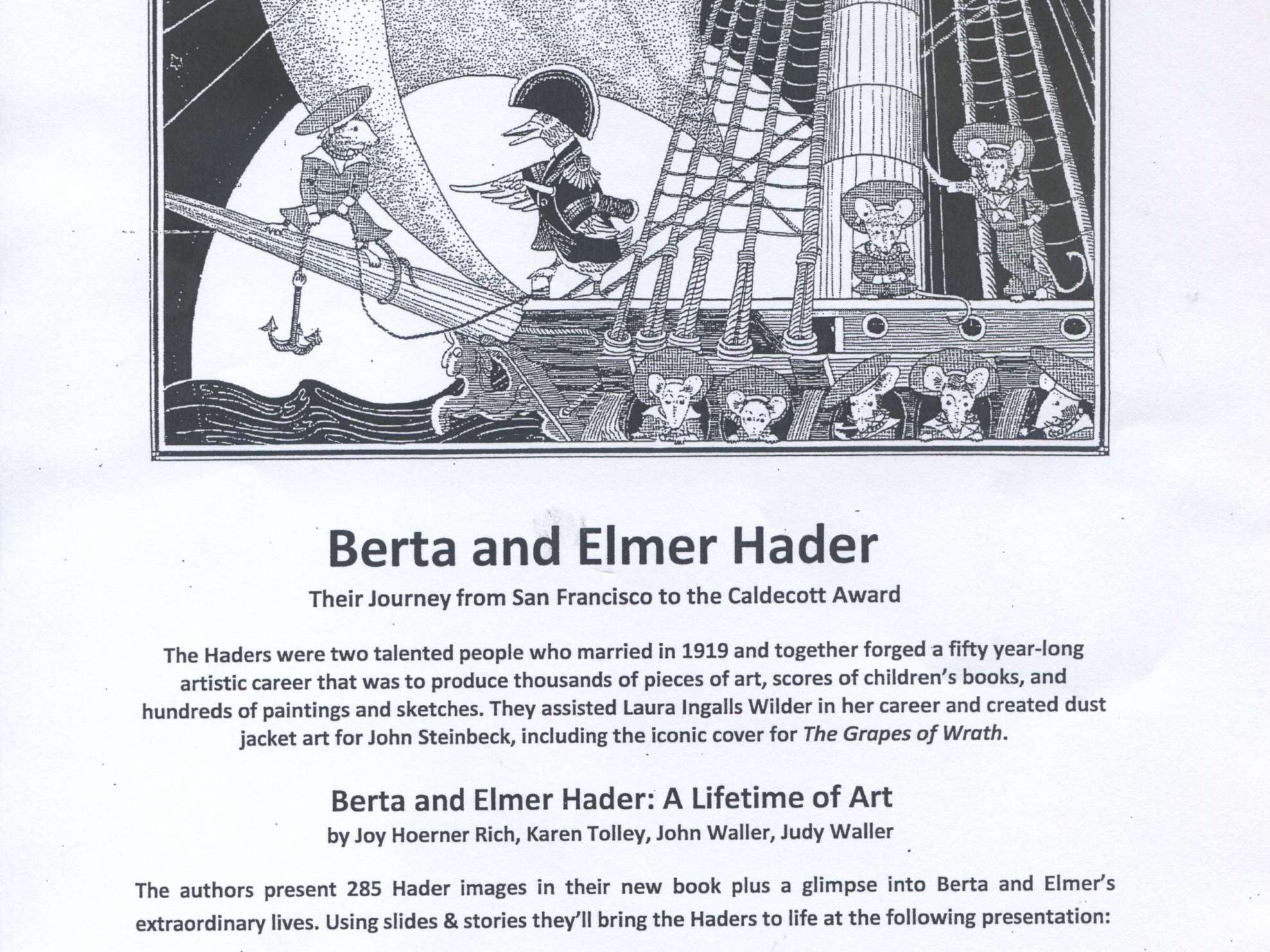10 techniques that help convert our 3-D world into maps
Source: Atlastobscura.com Map Monday and the newly published book Cartographic Grounds: Projecting the Landscape Imaginary
1. Sounding / Spot Elevation
37.7166° N, 122.2830° W, Alexander Dallas Bache, Entrance to San Francisco Bay California, 1859. (Photo: Harvard Map Collection/Harvard Library/Harvard University)
This cartographic component includes two measurements for showing depths and heights above and below sea level. “Soundings” pinpoint depths of water and are noted by a number on a nautical chart, while “spot elevations” are the numbers that show the position and altitude.
In this map, Alexander Dallas Bache, a cartographer who ran the NOAA Coast Survey from 1843 to 1867, rendered the San Francisco urban coastline, using spot elevations to depict the water’s edge.
2. Isobath / Contour
 18.4517° N, 66.0689° W, James Corner Field Operations, University of Puerto Rico Botanical Gardens, 2003–6. Scale: 1:2,500 (shown at half size). (Photo: © James Corner Field Operations)
18.4517° N, 66.0689° W, James Corner Field Operations, University of Puerto Rico Botanical Gardens, 2003–6. Scale: 1:2,500 (shown at half size). (Photo: © James Corner Field Operations)
Isobaths and contours are lines that connect points of equal value on maps, showing the morphology of the ground. The map of the University of Puerto Rico Botanical Gardens show a series of color ribbons and swaths that represent the topography.
3. Hachure / Hatch
6.2359° N, 75.5751° W, Gustavus Bechler, Map of the Sources of Snake River, 1872. (Photo: Harvard Map Collection/Harvard Library/Harvard University)
This convention is a series of short lines that perpendicularly fill the space between contours and show slope, shadow, relief, and texture. Topographer Gustavus Bechler designed this map of the sources of Snake River, which has hachures, or reliefs, that are “particularly soft and warm, allowing ridgelines to dissipate into plateaus,” Desimini and Waldheim write.
4. Shaded Relief
 22.3000° N, 114.1667° E, Zaha Hadid, The Peak, 1982–83. (Photo: Zaha Hadid Architects)
22.3000° N, 114.1667° E, Zaha Hadid, The Peak, 1982–83. (Photo: Zaha Hadid Architects)
Shaded relief is the depiction of shadows with tonal gradients. This marks changes in elevation and landform in raised relief maps and models. The Blue Slabs painting from late architect Zaha Hadid’s The Peak shows an abstract block colorization of the sprawling city of Hong Kong. The shadows make the building beams look like they are flying from the cliffs.
5. Land Classification
 37.6374° N, 122.3601° W, LSU Coastal Sustainability Studio, Bayou Bienvenue, 2010. (Photo: LSU Coastal Sustainability Studio)
37.6374° N, 122.3601° W, LSU Coastal Sustainability Studio, Bayou Bienvenue, 2010. (Photo: LSU Coastal Sustainability Studio)
This is the taxonomic method of describing spatial distribution of vegetation and agronomic land uses. It’s used to distinguish types of soil, vegetation, and activity. The image of greater New Orleans codes different projected land uses with colors and patterns.
6. Figure-Ground
 40.7145° N, 74.0071° W, Herman Bollmann, New York, 1962. (Photo: © Bollmann-Bildkarten-Verlag, Braunschweig, Germany/Harvard Map Collection/Harvard Library/Harvard University)
40.7145° N, 74.0071° W, Herman Bollmann, New York, 1962. (Photo: © Bollmann-Bildkarten-Verlag, Braunschweig, Germany/Harvard Map Collection/Harvard Library/Harvard University)
This technique helps distinguish space, usually urban spaces, from other entities, such as a building and the rest of the urban environment. In this 1962 map created by German cartographer and graphic artist Herman Bollmann, the aerial view of New York City shows the high-rises without blocking the ground and streets. The map was made for the New York World’s Fair.
7. Stratigraphic Column
 48.8742° N, 2.3470° E, Service Géologique des Mines, Paris et Ses Environs, 1890. (Photo: The David Rumsey Map Collection)
48.8742° N, 2.3470° E, Service Géologique des Mines, Paris et Ses Environs, 1890. (Photo: The David Rumsey Map Collection)
Stratigraphic columns rely on color to show locations of rocks, visualize geologic time, and signify soil and sediment type. This extremely elaborate 1890 geological map of Paris shows known, invented, and hidden layers of underground rock with the city above.
8. Cross Section
 48.8742° N, 2.3470° E,
Robert Gerard Pietrusko, Animation Still, 2012. (Photo: Robert Gerard Pietrusko)
48.8742° N, 2.3470° E,
Robert Gerard Pietrusko, Animation Still, 2012. (Photo: Robert Gerard Pietrusko)
A cross section is a vertical slice through the Earth’s surface, which specifies elevation, depth, and structural and material composition.
9. Line Symbol
 45.5547° N, 69.2466° W, The Appalachian Trail Conference, Guide to the Appalachian Trail in Maine.(Washington, DC: The Appalachian Trail Conference, 1936). (Photo: The Frances Loeb Library/Harvard University Graduate School of Design/The Appalachian Trail Conservancy)
45.5547° N, 69.2466° W, The Appalachian Trail Conference, Guide to the Appalachian Trail in Maine.(Washington, DC: The Appalachian Trail Conference, 1936). (Photo: The Frances Loeb Library/Harvard University Graduate School of Design/The Appalachian Trail Conservancy)
This cartographic convention marks off boundaries, borders, property lines, rivers, infrastructures, and routes. In this map of the Appalachian Trail in Maine, lines distinguish roads and trails from streams and mountains
10. Conventional Sign
 35.1559° N, 136.0599° E, Tonsai Fujita, Ezo Kokyo Yochi Zenzu, Tonsai Fujita Royo, Hashimoto Ransi Shukuzu, 1854. (Photo: The Library of Congress Geography and Map Division)
35.1559° N, 136.0599° E, Tonsai Fujita, Ezo Kokyo Yochi Zenzu, Tonsai Fujita Royo, Hashimoto Ransi Shukuzu, 1854. (Photo: The Library of Congress Geography and Map Division)
These are symbols or icons that denote different entities on map, such as schools, churches, highways, restaurants, or airports. This map of the Ezo region of Japan (now Hokkaido), illustrated in 1854, has yellow circles along the coast line that mark cardinal directions.
 The cover of Cartographic Grounds: Projecting the Landscape Imaginary. (Photo: Princeton Architectural Press)
The cover of Cartographic Grounds: Projecting the Landscape Imaginary. (Photo: Princeton Architectural Press)




